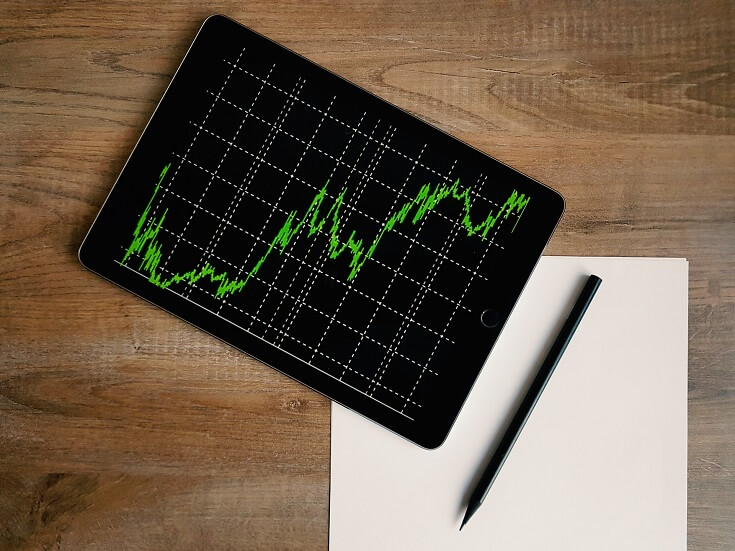Liquidity is a crucial concept in finance, referring to the ability of an asset or financial instrument to be quickly converted into cash without significant loss. A good understanding of liquidity helps individuals and companies manage their finances more effectively.
In this article, we will explore the definition of liquidity, its types, and how to calculate it to help readers gain a deeper understanding of this concept.
What Is Liquidity?
Liquidity refers to the efficiency or ease with which assets can be converted into cash without affecting market prices. The more liquid an asset, the easier it is to convert as needed.
Assets with high liquidity can be easily converted into cash. Conversely, assets with low liquidity are difficult to trade in the market due to low supply and demand.
Liquidity is also used to measure a company’s ability to meet its short-term debt obligations, which can be assessed through ratio analysis.
Functions of Liquidity
The functions of liquidity in a company include:
- Emergency source of funds in sudden needs
- Assessment of the availability of cash and assets that can be quickly converted to meet short-term obligations
- Used as a criterion to evaluate whether a company is worthy of obtaining capital loans or investments
- Supporting the smoothness of day-to-day business activities
- For financial institutions, liquidity facilitates customers in withdrawing their funds
Components of Liquidity
Liquidity can be explained by three main components: density, depth, and resilience. These components are interrelated to maintain the level of liquidity and economic stability of a company or organization.
- Density reflects the difference between the agreed price and the normal price of a product.
- Depth refers to the difference between the quantity or volume of products sold and bought at a specific price level.
- Resilience is the speed of significant price changes returning to efficient prices after deviation or price instability.
Types of Liquidity
From the previously explained definition, there are several terms related to liquidity. There are three types of liquidity that can be understood in detail:
- Asset Liquidity:
- This type of liquidity relates to the ease with which an asset can be converted into cash. The level of asset liquidity varies depending on the type of asset owned.
- For example, whether cash, real estate, or stocks have the highest or lowest liquidity.
- Market Liquidity:
- Market liquidity refers to the market conditions where an asset can be traded. The more liquid the market, the larger the volume of buying and selling transactions it can support.
- Conversely, less liquid markets usually have fewer sellers and buyers. Examples include rare collectibles markets or stock markets.
- Accounting Liquidity:
- Financial or accounting liquidity refers to a company’s ability to pay its short-term debts on time.
- In other words, a company with good liquidity will be able to meet these obligations smoothly.
- Investors often use this as a measure to evaluate a company’s financial health.
How to Calculate Liquidity
Liquidity is a benchmark used by investors and other stakeholders to evaluate a company’s ability to pay its short-term debts.
Financial analysts generally use various types of ratios to measure financial liquidity. Why are there various types of ratios used? Each analyst or investor has their own standards in measuring liquidity, ranging from the strictest to the more flexible.
Here are some types of ratios that need to be understood:
- Current Ratio:
- The first liquidity ratio is the current ratio, which is a measurement that is not too strict and is the easiest. This ratio is simple because it only compares current assets (assets that can be liquidated within one year) with current liabilities (debts that must be paid within one year).
- Formula: Current Ratio = Current Assets / Current Liabilities
- Quick Ratio:
- The quick ratio, also known as the acid-test ratio, is a stricter measurement to calculate liquidity. Some assets, such as inventory and other non-liquid assets, are not included in this ratio calculation. The assets considered include cash, short-term investments, and accounts receivable.
- Formula: Quick Ratio = (Cash + Short-term Investments + Accounts Receivable) / Current Liabilities
- Acid-Test Ratio (Variation):
- Unlike the previous type, there is a variation in the acid-test ratio that includes inventory in the calculation. This can result in a larger ratio and benefit the company.
- Formula: Acid-Test Ratio (Variation) = (Current Assets – Inventory – Prepaid Expenses) / Current Liabilities
- Cash Ratio:
- The strictest liquidity ratio is the cash ratio. This ratio only considers cash or assets equivalent to cash, without considering other types of assets included in current assets.
- This is done to measure a company’s ability to pay debts in the worst-case scenario, such as when the company does not have time to liquidate other assets.
- Formula: Cash Ratio = Cash or Cash Equivalent Assets / Current Liabilities
Liquidity plays a crucial role in a company’s finance, indicating the ability to meet financial obligations quickly. With a good understanding of liquidity and the ability to measure and manage it accurately, companies can maintain their financial health and face challenges that may arise in the future.



